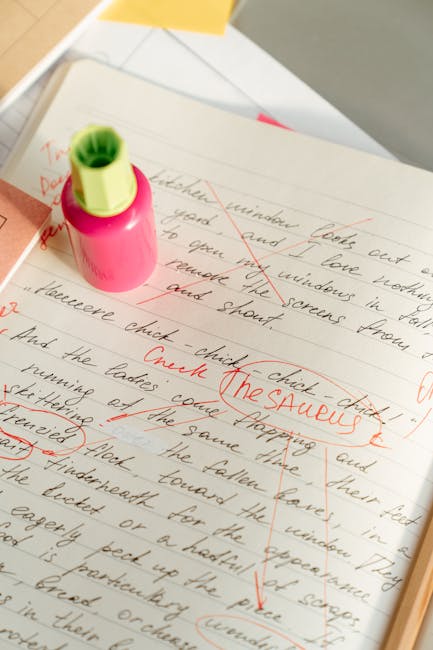Education Professional Resume Guide: Formats for Teachers and Instructors
Sun Jun 29 2025
Crafting a great resume is essential—especially in education, where your experience, certifications, and teaching philosophy need to shine in a short document. Whether you’re a new teacher fresh out of your credential program or a seasoned educator looking to change schools, choosing the right resume format teacher professionals should use is a game-changer.
In this guide, we’ll walk through the best format for teachers, how to tailor each section for maximum impact, and common pitfalls to avoid. Let’s help you stand out to school administrators, hiring committees, and even Applicant Tracking Systems (ATS).

Why Resume Format Matters for Teachers
You may be tempted to copy your friend’s resume or use a flashy template—but in education, clarity and relevance win every time. Here's why the right resume format teacher candidates use matters:
- ATS Compatibility: Many school districts use software to pre-screen resumes. A clean, well-organized layout ensures yours doesn’t get filtered out before it’s seen.
- Immediate Clarity: Principals and HR teams often skim resumes. The right format places your top qualifications where they’ll be noticed fast.
- Professional Credibility: A polished resume reflects attention to detail—something every great teacher should demonstrate.
The right format helps communicate not just what you’ve done, but why it matters for this specific school or role.
Best Resume Format for Teachers: Combination Layout
There are three standard resume formats:
- Chronological – Emphasizes work history in reverse order
- Functional – Focuses on skills over roles
- Combination – Highlights key skills, then work experience
For most educators, a combination format is the best choice. Here’s why:
- You can showcase teaching skills like curriculum development, classroom management, or ESL support right at the top.
- You still include your chronological teaching history—something principals want to see.
- You can balance experience and education (especially if you're changing subjects or grade levels).

What to Include in a Teacher Resume
Here’s a breakdown of each section and how to optimize it:
1. Header & Contact Info
- Full name, phone number, professional email
- LinkedIn profile or teacher portfolio link (optional but helpful)
2. Professional Summary
- 2–3 sentence elevator pitch
- Mention years of experience, teaching strengths, and certifications
Example:
Passionate elementary school teacher with 5+ years of experience fostering inclusive classrooms. Certified in ESL instruction and skilled in using technology to differentiate learning.
3. Key Skills Section
Use a bullet list of 8–10 relevant skills:
- Classroom management
- Differentiated instruction
- Parent communication
- Google Classroom, Canvas, Zoom
This is where the keyword resume format teacher can appear naturally, e.g.:
“When selecting a resume format, teacher candidates should include a skills section that aligns with the job posting.”

4. Experience Section
For each teaching role:
- Job title, School Name, City, Dates
- 3–5 bullet points with results-focused statements
Example:
- Designed and implemented a literacy intervention program that increased reading scores by 18% over one year
- Facilitated parent-teacher conferences for over 20 students, maintaining 95% parent engagement
Tip: Start each bullet with an action verb like “Implemented,” “Facilitated,” or “Designed.”
5. Education & Certifications
List your degrees, graduation dates, and any licenses or endorsements (e.g., Multiple Subject Credential, ESL Certification).
6. Optional Sections
Add one or more of these to stand out:
- Awards (e.g., “Teacher of the Year”)
- Volunteer work or clubs
- Professional development or workshops
- Languages spoken

Common Resume Mistakes Teachers Make
Avoid these common pitfalls:
- Overcrowding the Resume: Stick to one page (two max for veteran teachers).
- Vague Language: Be specific about tools and impact.
- Unrelated Jobs at the Top: If you’re switching careers, lead with transferable teaching skills—not unrelated work history.
- No Keywords: Many resumes fail ATS scans because they don’t match the language in the job description.

How to Tailor for Specific Teaching Jobs
Each school is different. Make small tweaks to match the job listing:
- If the job emphasizes “inclusive classrooms,” feature that in your summary and skills.
- Highlight state-specific certifications or bilingual abilities when required.
- Use similar wording from the job posting for roles, skills, and outcomes.
Conclusion
Choosing the right resume format teacher applicants should use can make the difference between silence and interview calls. The combination layout gives you the flexibility to showcase your skills and experience in a compelling, organized way.
If you’re unsure whether your resume matches the role or is ATS-optimized, why not let AI do the heavy lifting? Our tool, OptApply, takes your raw resume and job description and turns it into a tailored, keyword-rich version that gets attention from schools and hiring software alike.